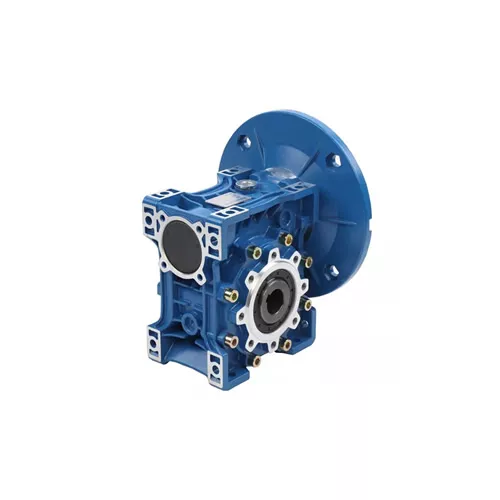Mobile:+86-311-808-126-83
Email:info@ydcastings.com
Understanding the Process and Techniques of Aluminum Melting for Efficient Metalworking
Aluminum Melting The Process and Its Importance
Aluminum, known for its lightweight and corrosion-resistant properties, is one of the most widely used metals in various industries today. The process of melting aluminum is a crucial step in its production, allowing for the creation of various shapes and forms for applications ranging from automotive parts to aerospace components. In this article, we will explore the aluminum melting process, its importance in manufacturing, and the technologies used to improve efficiency and sustainability.
The Aluminum Melting Process
The aluminum melting process begins with the collection of raw aluminum, often in the form of ingots or scrap metal. The first step involves heating the aluminum to its melting point, which is approximately 660 degrees Celsius (1,220 degrees Fahrenheit). This is typically achieved in a furnace, which can be gas, electric, or induction-based.
Types of Furnaces
1. Gas-Fired Furnaces These are some of the most common types used for melting aluminum. They are efficient and relatively inexpensive to operate. However, their emissions can be higher compared to electric options.
2. Electric Arc Furnaces These furnaces use electric arcs to generate heat and melt the aluminum. They are known for their precision and ability to control the melting process, resulting in higher-quality metal.
3. Induction Furnaces Induction melting utilizes electromagnetic fields to heat and melt aluminum. This method is highly efficient and reduces energy consumption, making it a popular choice for companies focusing on sustainability.
Once the aluminum reaches its melting point, the molten metal is typically held in a ladle or a transfer system before being poured into molds for shaping. The casting process allows manufacturers to create a variety of products, including sheets, extrusion billets, and die-cast components.
Importance of Aluminum Melting
aluminum melting

The melting of aluminum is vital for several reasons
- Recycling and Sustainability One of the greatest advantages of aluminum is its recyclability. Nearly 75% of all aluminum ever produced is still in use today due to its ability to be melted down, purified, and reused without losing quality. This process not only conserves raw materials but also reduces energy consumption, as recycling aluminum requires only about 5% of the energy needed to produce new aluminum from bauxite ore.
- Manufacturing Efficiency By utilizing melted aluminum, manufacturers can create intricate designs and components with relative ease. This flexibility encourages innovation in product designs, leading to lighter and more efficient vehicles, better packaging solutions, and advanced consumer electronics.
- Cost-Effectiveness The ability to recycle aluminum and the efficiencies gained from modern melting technologies can significantly lower production costs. This is particularly important in competitive industries where material costs play a critical role in the overall pricing structure.
Advances in Melting Technology
Recent advancements in aluminum melting technologies have focused on improving energy efficiency and reducing environmental impacts. Techniques such as waste heat recovery systems and the use of renewable energy sources for powering furnaces are becoming increasingly popular. Additionally, innovations in furnace design and control systems have led to better temperature regulation and decreased emissions, making the melting process more environmentally friendly.
Moreover, the development of automated systems for monitoring and controlling the melting process has improved consistency and quality in aluminum production. By integrating smart technologies, manufacturers can optimize their operations and reduce waste, ensuring that the aluminum produced meets the highest standards for quality and performance.
Conclusion
Aluminum melting is a fundamental process that plays a key role in many industries. Its importance extends beyond just the production of aluminum products; it is also a cornerstone for sustainability efforts within the manufacturing sector. As technology continues to evolve, the aluminum melting process will undoubtedly become more efficient, further solidifying aluminum’s place as a critical material in the modern world. Whether it’s in the automotive industry, construction, or consumer goods, the ability to melt and manipulate aluminum will remain a vital aspect of production for years to come.
-
Why Should You Invest in Superior Pump Castings for Your Equipment?NewsJun.09,2025
-
Unlock Performance Potential with Stainless Impellers and Aluminum End CapsNewsJun.09,2025
-
Revolutionize Your Machinery with Superior Cast Iron and Aluminum ComponentsNewsJun.09,2025
-
Revolutionize Fluid Dynamics with Premium Pump ComponentsNewsJun.09,2025
-
Optimizing Industrial Systems with Essential Valve ComponentsNewsJun.09,2025
-
Elevate Grid Efficiency with High-Precision Power CastingsNewsJun.09,2025











